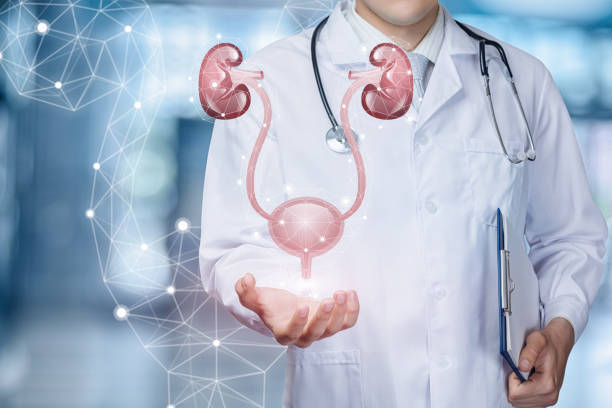Losing partial or complete control of your bladder can be embarrassing since you may find yourself passing out urine involuntarily. This condition, known as urinary incontinence, is a common problem that affects many people due to a weakened urinary sphincter. The severity of this condition varies from leaking urine to having a strong urge to urinate that you can’t withhold. If you notice urine on your pants after coughing, sneezing, or laughing, you may consider visiting your doctor at PureMD for diagnosis and treatment of urinary incontinence.
Types of Urinary Incontinence
The different types of urinary incontinence include:
- Functional incontinence. Mental or physical impairment, such as arthritis, causes pain in your joints and may cause you to take extended time while unbuttoning your trousers.
- Stress incontinence. Urine leaks as a result of pressure on your bladder caused when sneezing or coughing.
- Overflow incontinence causes you to experience a frequent urge to urinate because your bladder fails to empty.
- Urge incontinence. This is characterized by a strong and sudden urge to urinate followed by an involuntary loss of urine. Infection and neurological disorders may cause you to develop this condition.
How is Urinary Incontinence Diagnosed?
A diagnosis is essential to determine the type of urinary incontinence you have and guide treatment decisions. During a diagnosis, your doctor will start with a thorough examination of your medical history. Your doctor may ask you to do simple maneuvers such as coughing to demonstrate incontinence for physical inspection. Other tests your specialist may use include:
- Urinalysis. This test type checks for urinary tract infection, blood traces, and any other abnormalities.
- Bladder stress test. Your doctor may recommend this test to simulate the accidental release of urine upon exercising or sneezing.
- Pad test. A pad test shows how much urine you leak. Your specialist will give you a weighted pad to wear for this test until you start leaking urine. An increase in the weight of the pad is an estimate of how much urine you leak.
Treatment for Urinary Incontinence
The type of treatment your doctor will recommend is dependent on the type of urinary incontinence you may have and the severity. For a start, your doctor will recommend less invasive treatment methods and proceed to surgical options if you fail to respond to behavioral techniques that include:
- Bladder training. When you feel the urge to urinate, you may hold off for about 10 minutes. With repeated practice, you will lengthen the amount of time you can hold urine and reduce frequent toilet visits.
- Scheduled toilet trips. Urinate after every two to four hours instead of waiting for a strong urge.
- Double voiding. After urinating, wait a few minutes, then pass out urine again. This helps you to empty your bladder and avoid overflow incontinence.
- Fluid and diet management. Cutting back on caffeine, alcohol, and acidic foods will help you regain control of your bladder. Weight loss and engaging in physical activities may also reduce your symptoms.
Other treatment methods include medications, such as anticholinergics, and pelvic floor muscle exercises. Consult with your doctor at PureMD to learn more about the surgical treatment options for urinary incontinence.














